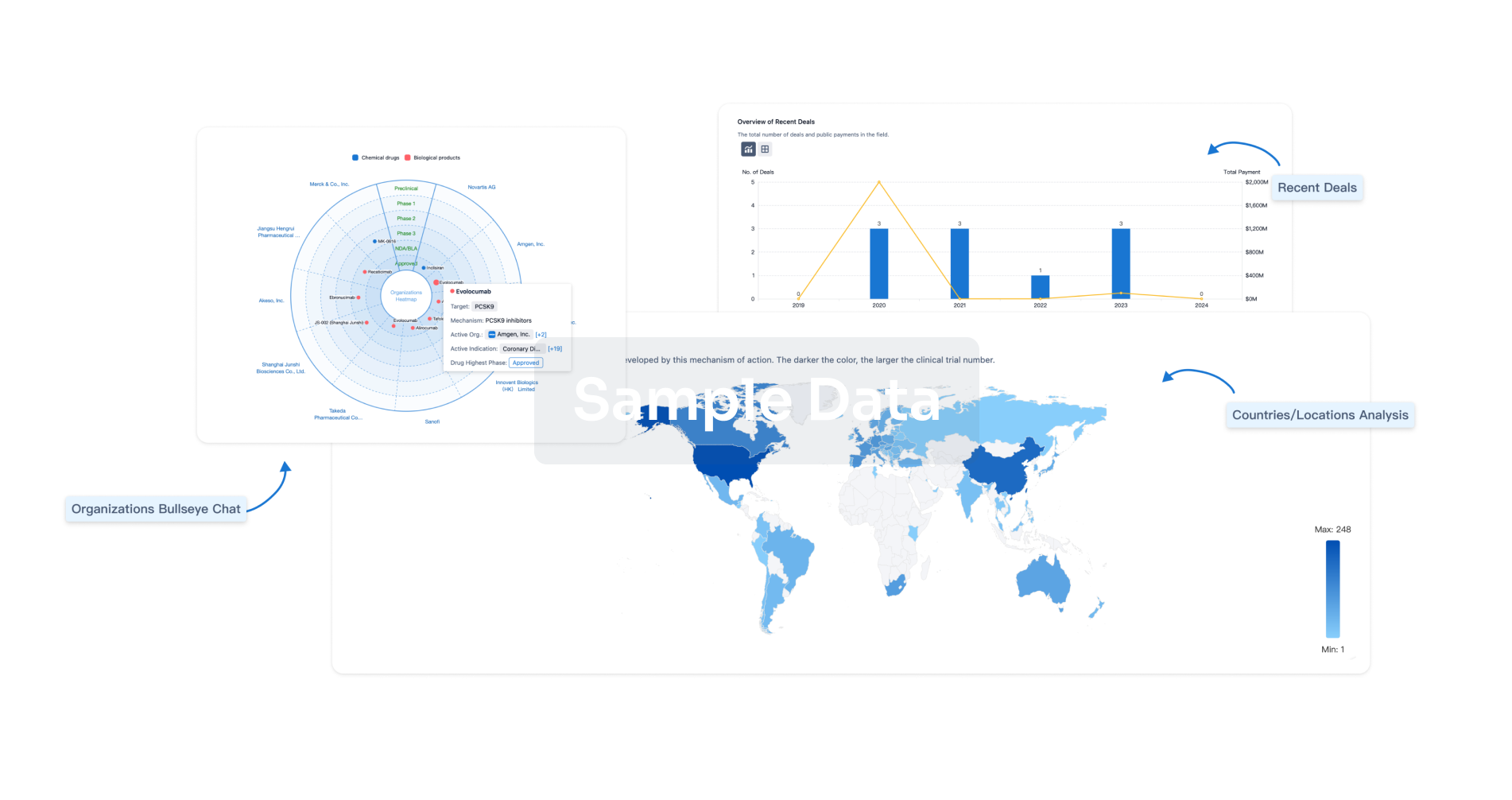Request Demo
Last update 08 May 2025
BMF
Last update 08 May 2025
Basic Info
Synonyms Bcl-2-modifying factor, Bcl2 modifying factor, BMF + [1] |
Introduction May play a role in apoptosis. Isoform 1 seems to be the main initiator. |
Related
100 Clinical Results associated with BMF
Login to view more data
100 Translational Medicine associated with BMF
Login to view more data
0 Patents (Medical) associated with BMF
Login to view more data
325
Literatures (Medical) associated with BMF01 May 2025·International Journal of Biological Macromolecules
COL1A1 promotes cell proliferation, cell cycle progression, and anoikis resistance in granulosa cells of chicken pre-ovulatory follicles
Article
Author: Guo, Yan ; Zhang, Xiaxia ; Tang, Shuixin ; Cheng, Manman ; Gong, Yanzhang ; Luo, Xuliang ; Li, Xuelian ; Cheng, Lu
23 Apr 2025·Journal of Zhejiang University. Science. B
Roles of PANoptosis and related genes in acute liver failure: neoteric insight from bioinformatics analysis and animal experiment verification.
Article
Author: Chen, Zhi ; Ge, Tiantian ; Shao, Junwei ; Pang, Lantian ; Chen, Yao
01 Mar 2025·IUBMB Life
Conventional and innovative approaches to black fungi control for stone heritage preservation
Review
Author: Celi, Domenico ; Marvasi, Massimiliano ; Perito, Brunella
Analysis
Perform a panoramic analysis of this field.
login
or

AI Agents Built for Biopharma Breakthroughs
Accelerate discovery. Empower decisions. Transform outcomes.
Get started for free today!
Accelerate Strategic R&D decision making with Synapse, PatSnap’s AI-powered Connected Innovation Intelligence Platform Built for Life Sciences Professionals.
Start your data trial now!
Synapse data is also accessible to external entities via APIs or data packages. Empower better decisions with the latest in pharmaceutical intelligence.
Bio
Bio Sequences Search & Analysis
Sign up for free
Chemical
Chemical Structures Search & Analysis
Sign up for free